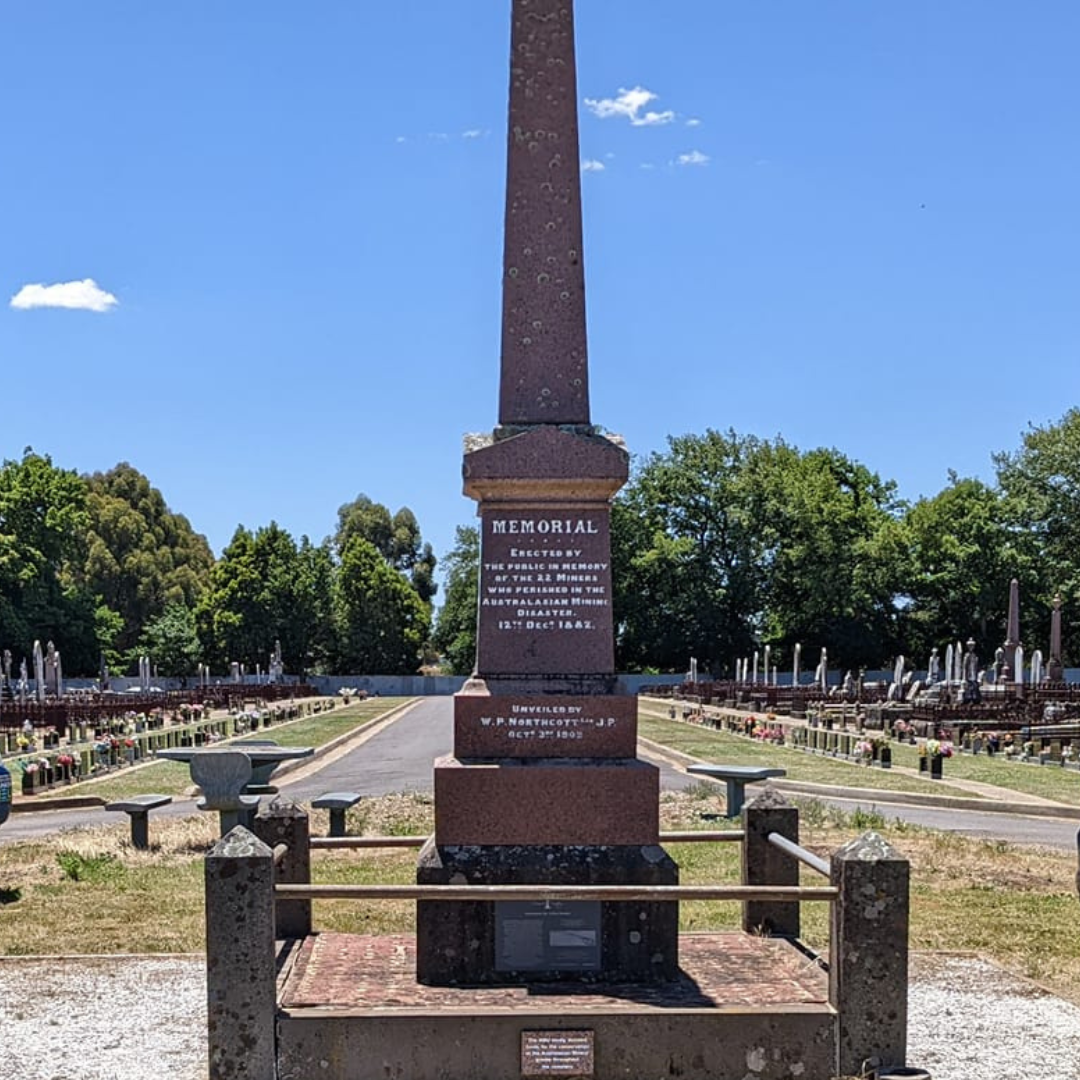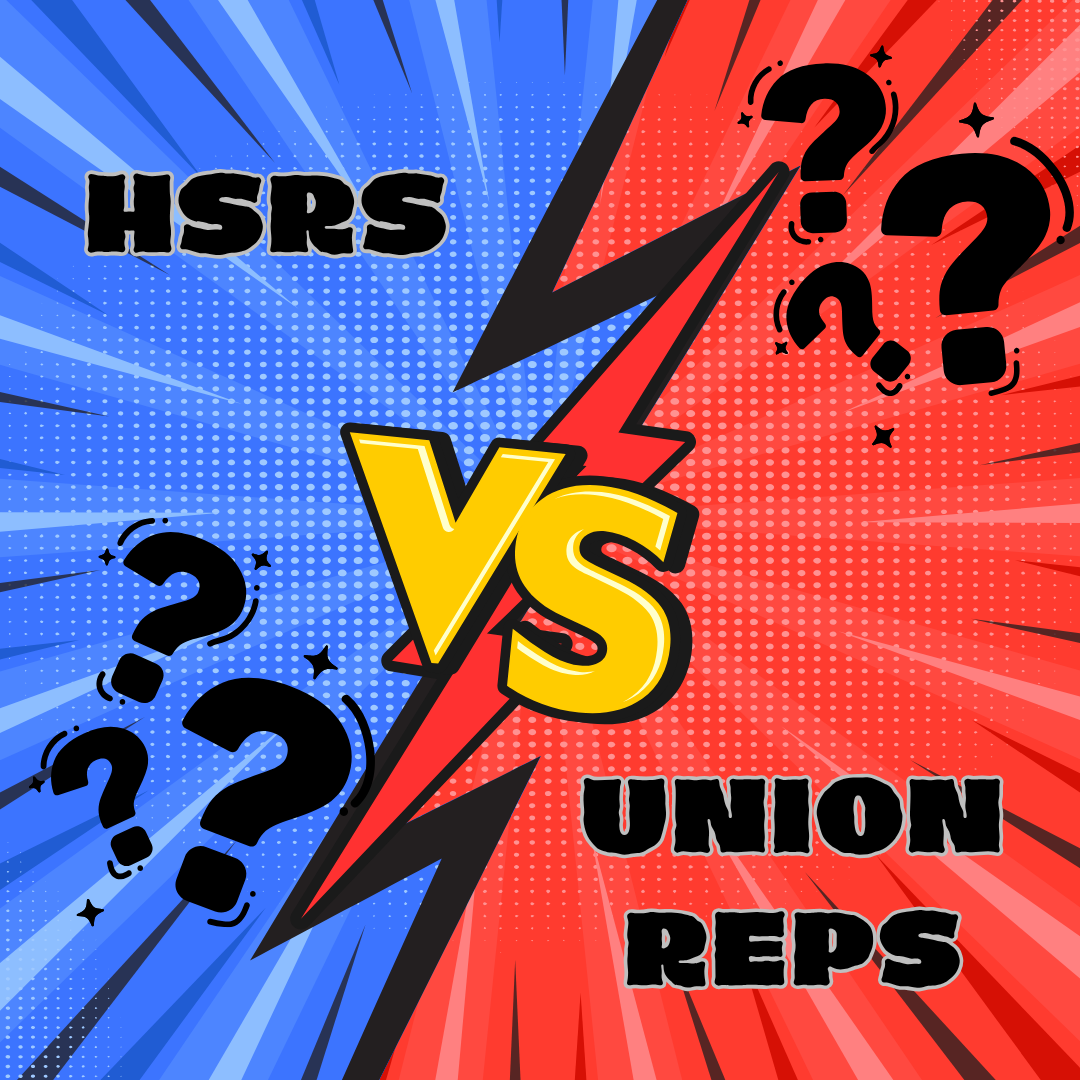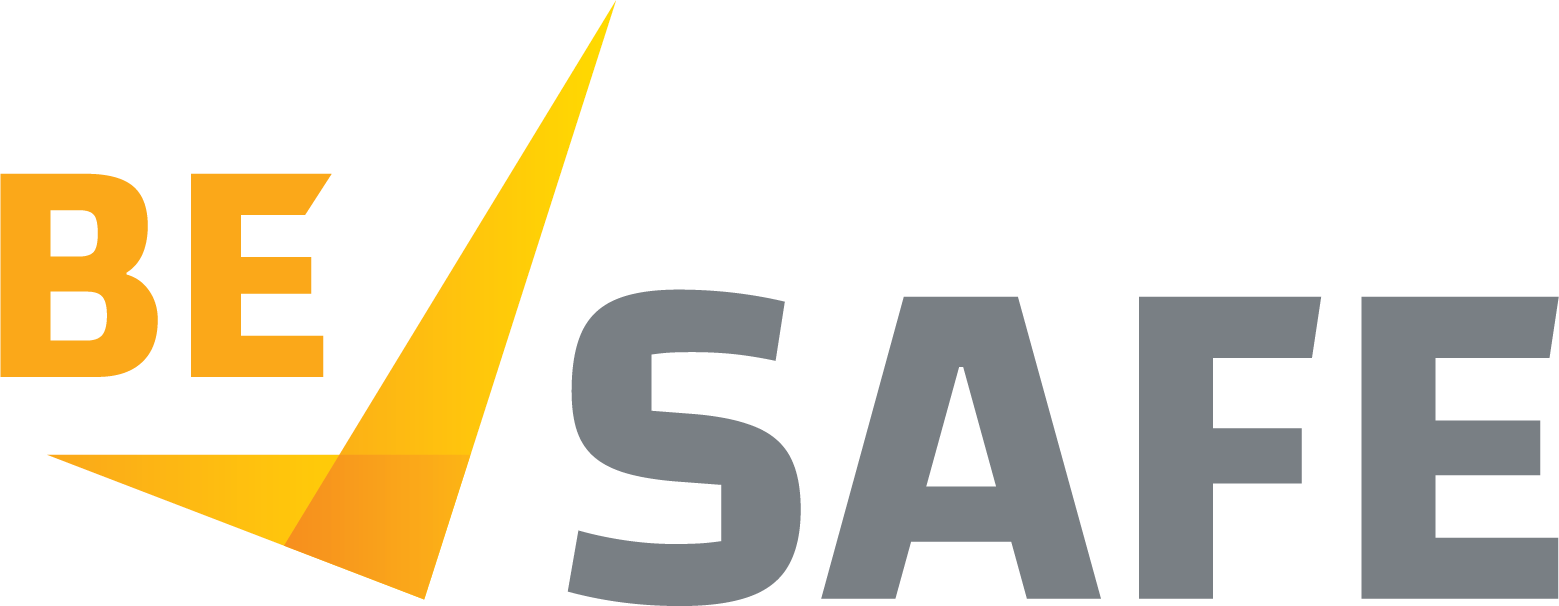Health and Safety Representatives (HSRs) The Missing Link In A Safety Committee
Health and Safety Representatives (HSRs) play an absolutely vital role in the effectiveness of safety committees for several compelling reasons:
1. **Direct Communication**: HSRs serve as a crucial bridge and link between employees and management, ensuring that any worker concerns, feedback, and insights about safety issues are effectively communicated and addressed in a timely manner.
2. **Representation**: They passionately represent the interests of employees, advocating not just for their safety and well-being, but also striving to ensure that all voices are heard in crucial safety discussions. This advocacy helps build trust and transparency within the workplace.
3. **Knowledge of Workplace Hazards**: HSRs often possess invaluable first-hand knowledge of specific workplace hazards, enabling them to provide essential insights into risk assessment and effective mitigation strategies. Their experience greatly contributes to identifying potential risks before they become significant issues.
4. **Training and Education**: They have the capability to facilitate comprehensive training sessions and actively promote awareness of best safety practices, helping to nurture and foster a robust culture of safety throughout the organization.
5. **Monitoring Compliance**: HSRs play a key role in monitoring adherence to safety regulations and company policies. By doing so, they ensure that safety standards are not only set but are consistently met, thereby reducing the likelihood of accidents and injuries.
6. **Encouraging Reporting**: By creating a supportive and open environment, HSRs encourage employees to report unsafe conditions and near misses. This practice is essential for proactive safety management and helps in identifying issues that may otherwise go unreported.
7. **Collaboration**: HSRs work collaboratively and effectively with safety committees to develop and implement comprehensive safety policies and programs, thereby enhancing the overall safety culture within the organization.
In essence, HSRs are integral to promoting a safe work environment and ensuring that safety committees operate efficiently and inclusively. Their presence not only aids in compliance but also solidifies the foundational belief that safety is a shared responsibility among all employees.
If you would like to know more information on how BeSafe can assist with your safety committee please contact us.




